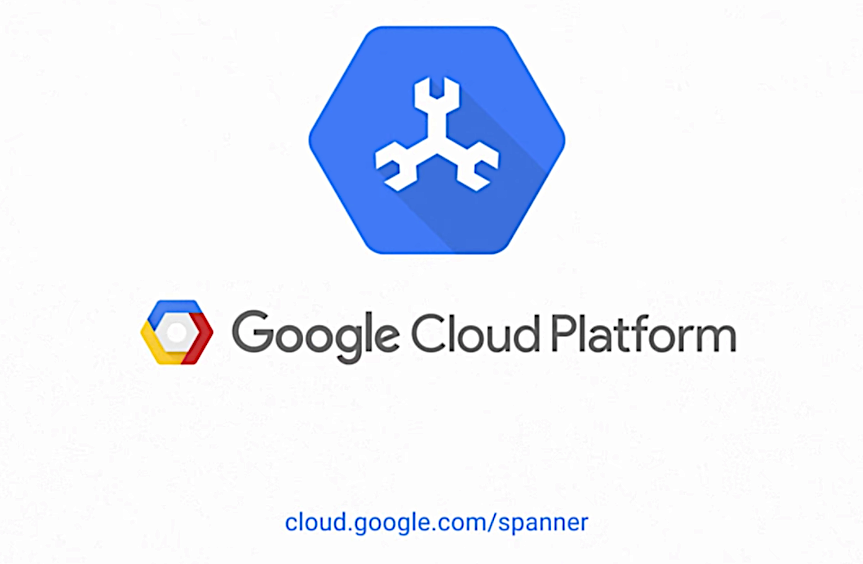 CLOUD
CLOUD
 CLOUD
CLOUD
 CLOUD
CLOUD
Just three months after introducing its massive Cloud Spanner database in beta test, Google Inc. today made it generally available across the world.
Described as the world’s largest database, Google’s Spanner is a relational database, the kind that stores data in familiar related rows and columns. What sets it apart from many rivals, such as the Oracle Corp. Database, Microsoft Corp.’s SQL Server and the open-source MySQL, is that it can scale up globally across hundreds of data centers and millions of machines but still act as a single database to keep data consistent almost in real time. That saves money by making it unnecessary to replicate data in many data centers and reduces delays in systems such as stock trading and ATMs.
The cloud version represents a potent challenge to Google’s rivals in cloud computing, providing software developers with a database through the Google Cloud Platform that the search giant uses to run its own massive operations, including its AdWords advertising system and the Google Play app and media store.
But the area is also getting more competitive fast. Today’s news follows Microsoft’s announcement last week of its Cosmos DB service, also a globally distributed database. James Kobielus, an analyst with Wikibon, owned by the same company as SiliconANGLE, said it was the most important announcement of the company’s Build conference.
Databases are an important beachhead for cloud providers, because all applications are built atop them. So if Google or Microsoft or Oracle gets customers to use their database, those customers are unlikely to leave anytime soon, and they may use other cloud services as well. “This is the battleground for the next phase of cloud adoption,” said Wikibon Chief Research Officer Peter Burris.
Google product manager Dominic Preuss said in a blog post that Cloud Spanner offers 99.999 percent availability and “strong consistency — without compromising latency” — as well as atomic clocks and GPS receivers across Google’s global network for more accuracy and reliability.
Google said Cloud Spanner is already being used in “mission-critical applications in the cloud, including customer authentication systems, business-transaction and inventory-management systems, and high-volume media systems that require low latency and high throughput.” For one specific example, Snap is using it for part of its search infrastructure. And Google said more are coming, as initial data integration partners Alooma, Informatica and Xplenty are in the “early stages” of “lift-and-shift” database migration projects for their customers.
The announcement is one of a flurry of new cloud services Google has been releasing in recent months, including one today that manages millions of connected devices. It also comes out ahead of Google’s big annual I/O conference for developers, which runs Wednesday through Friday.
Here’s Google’s video of how Cloud Spanner works:
Support our open free content by sharing and engaging with our content and community.
Where Technology Leaders Connect, Share Intelligence & Create Opportunities
SiliconANGLE Media is a recognized leader in digital media innovation serving innovative audiences and brands, bringing together cutting-edge technology, influential content, strategic insights and real-time audience engagement. As the parent company of SiliconANGLE, theCUBE Network, theCUBE Research, CUBE365, theCUBE AI and theCUBE SuperStudios — such as those established in Silicon Valley and the New York Stock Exchange (NYSE) — SiliconANGLE Media operates at the intersection of media, technology, and AI. .
Founded by tech visionaries John Furrier and Dave Vellante, SiliconANGLE Media has built a powerful ecosystem of industry-leading digital media brands, with a reach of 15+ million elite tech professionals. The company’s new, proprietary theCUBE AI Video cloud is breaking ground in audience interaction, leveraging theCUBEai.com neural network to help technology companies make data-driven decisions and stay at the forefront of industry conversations.